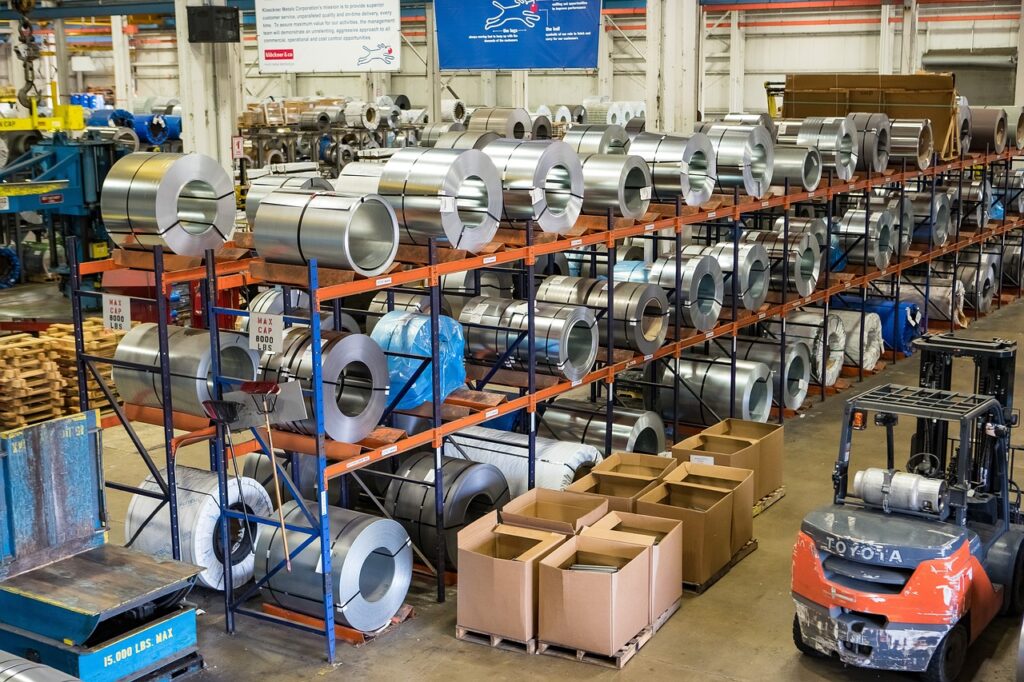The space market is a critical component of the real estate industry, influencing everything from property prices to investment strategies. It refers to the market where the physical real estate—such as offices, industrial spaces, retail spaces, and residential properties—is leased or purchased. Understanding how the space market works is essential for real estate professionals, investors, and even tenants. Here’s a closer look at how this market operates and its impact on the broader real estate industry.
What is the Space Market?
The space market, also known as the usage market, involves the buying, selling, and leasing of real estate space. This market is driven by the demand for physical space by businesses, households, and other entities, and the supply of properties available for rent or purchase. Unlike the asset market, which focuses on the ownership of real estate, the space market is concerned with the use and occupancy of space.


Key Players in the Space Market
- Tenants: These are individuals or businesses that need space for various purposes, such as living, working, manufacturing, or retailing. Tenants drive demand in the space market.
- Landlords/Property Owners: These are the individuals or entities that own real estate and lease or sell space to tenants. They supply the market with available space.
- Real Estate Brokers: These professionals act as intermediaries, helping tenants find space and landlords find tenants. They play a crucial role in the smooth functioning of the space market.
- Investors: While not directly involved in leasing or occupying space, investors monitor the space market to make informed decisions about where to invest based on demand trends.
Supply and Demand Dynamics
The space market is fundamentally driven by the balance between supply and demand.
- Demand: Demand in the space market is influenced by various factors, including economic conditions, population growth, and business expansion. For example, a booming economy may lead to increased demand for office space as businesses grow and hire more employees.
- Supply: The supply side of the market is determined by the availability of properties that can be leased or sold. This includes both existing properties and new developments. When supply exceeds demand, rental rates and property values may decrease. Conversely, when demand outstrips supply, prices tend to rise.




Types of Space Markets
- Office Market: This market involves the leasing and sale of office spaces. It’s closely tied to employment trends and the health of the corporate sector.
- Retail Market: Involves the leasing and selling of retail spaces like malls, shops, and restaurants. It is highly influenced by consumer spending and retail trends.
- Industrial Market: Focuses on spaces used for manufacturing, warehousing, and distribution. This market is driven by factors like trade, manufacturing output, and logistics.
- Residential Market: This involves the buying, selling, and renting of homes and apartments. It’s influenced by population growth, housing policies, and interest rates.
Space Market Cycles
The space market operates in cycles, similar to other markets. These cycles typically include four phases:
- Recovery: After a downturn, the market begins to recover as demand increases, leading to reduced vacancies and stable or rising rents.
- Expansion: During this phase, demand outpaces supply, leading to increased development and higher rental rates.
- Hyper Supply: Eventually, the market may become oversupplied as too many new properties are developed, leading to increased vacancies and stabilized or declining rents.
- Recession: In this phase, demand decreases sharply, leading to high vacancies and declining rental rates, which may result in a downturn in the market.
Importance of Market Analysis
Understanding the current state of the space market is crucial for making informed real estate decisions. Real estate professionals and investors often rely on market analysis to assess current trends, forecast future conditions, and make strategic decisions about property development, acquisition, or leasing.
Conclusion
The space market is a dynamic and integral part of the real estate industry, directly affecting property values, rental rates, and investment strategies. By understanding how supply and demand interact within this market, and recognizing the impact of market cycles, stakeholders can better navigate the complexities of the real estate industry and make informed decisions that align with their goals.

